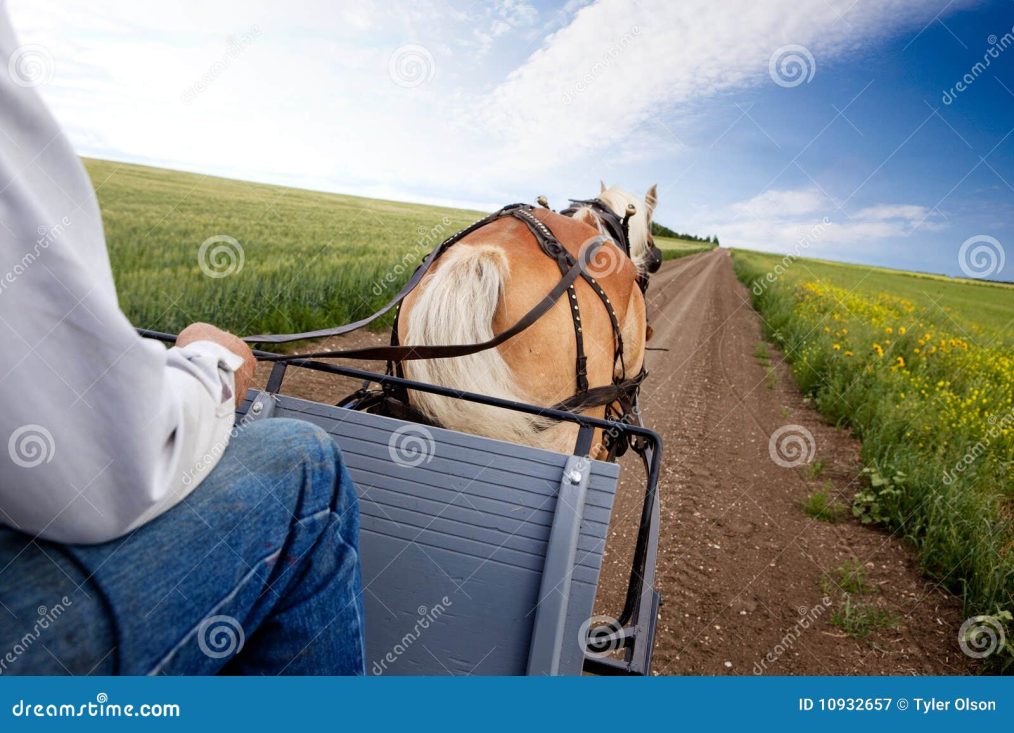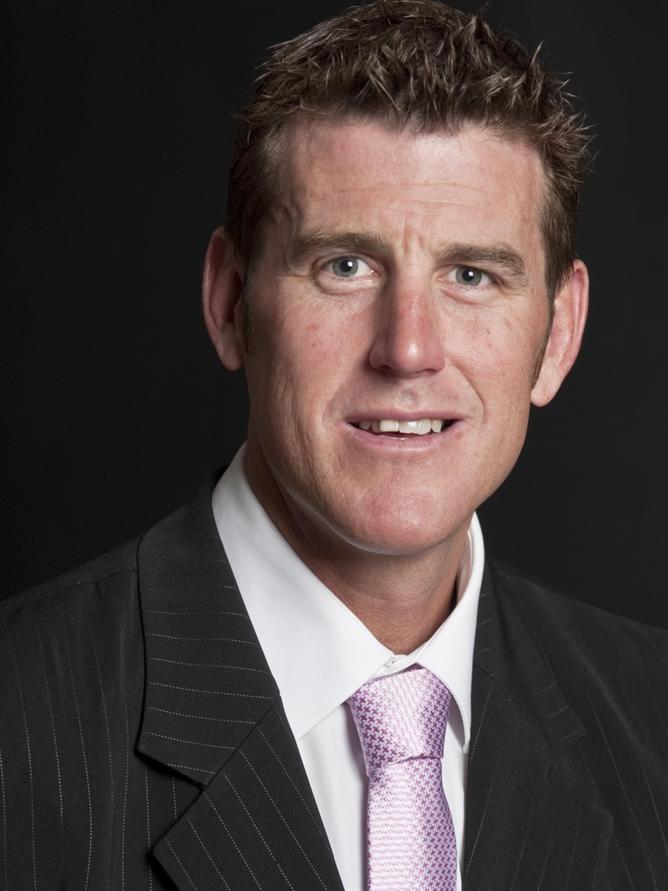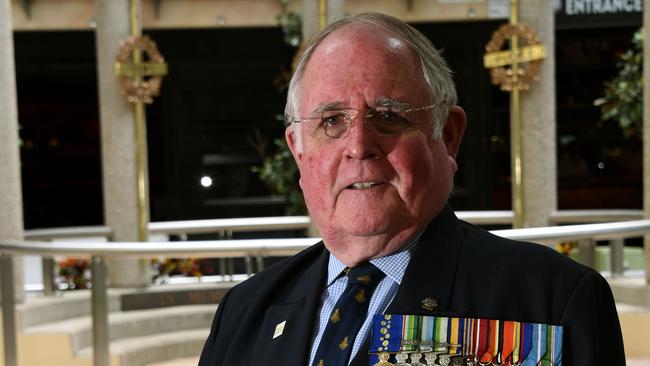The Albanese government’s latest antics reveal depths of incompetence. Despite reasoned arguments against rushing an EV plan, it appears the government is caving to the demands of the Greens, Teals, and Independents. Essentially, they’re holding the country hostage in exchange for extreme measures. This means the Greens et al. effectively control the government, with figures like Bowen and Albo merely puppets in their game.
The National Vehicle Emissions Strategy (NVES) is being pushed forward aggressively, aiming to catch up with global emissions reduction efforts within an unrealistic 5-year timeframe. This rush will likely cripple traditional car manufacturers while favouring newcomers like Chinese EV brands. Starting January 2025, heavy penalties will be imposed on conventional vehicles, while EV manufacturers receive hefty incentives.
The automotive industry is rightfully frustrated with the government’s deceitful tactics, supported by EV enthusiasts and climate activists. It seems the public interest is being sacrificed in this political game, with the only hope lying in the next election.
Bowen’s infamous statement about disagreeing with his policies and not voting for him seems eerily relevant now. Australia, responsible for less than 1% of global carbon emissions, is being saddled with a pioneering EV policy. Even the US finds 2030 too ambitious. Yet, Canberra persists in its delusions, expecting car manufacturers to immediately shift to producing Euro 6 EVs with stringent regulations for a market with minimal demand.
The disconnect from reality is stark. The government’s response to concerns about higher prices for traditional vehicles is laughable, suggesting buyers will simply switch to non-existent EV alternatives. The lack of infrastructure, high costs, and low resale values make this plan absurd, especially for rural communities.
This policy disaster will go down in history alongside other governmental blunders. If Labor fails to secure a majority and aligns with a left-leaning minority, Australia risks becoming a larger version of NZ. It’s a grim outlook indeed.













